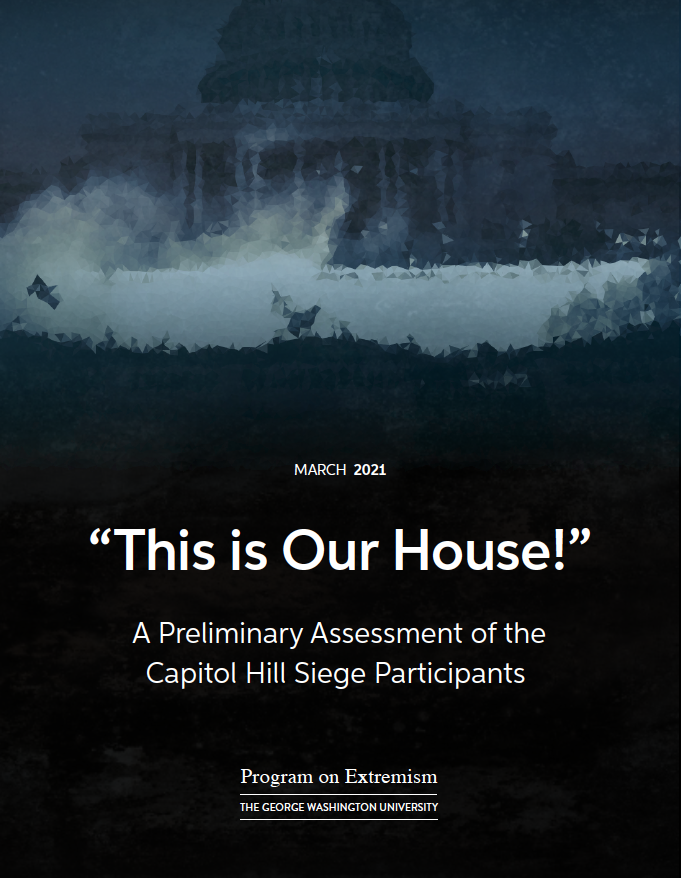On January 6, 2021, a mob of protestors violently breached the United States Capitol with the intent of disrupting the United States’ electoral process, leaving a trail of violence, destruction, and desecration in their wake. As a result of the unrest five individuals, including U.S. Capitol Police Officer Brian Sicknick, were killed; over 100 people were injured. In the weeks following the siege, the Department of Justice and Federal Bureau of Investigation launched a nationwide effort to bring those involved in January 6th to justice. At the time of writing, 257 individuals have been charged in federal courts for their involvement. This report aims to provide a preliminary assessment of the siege participants. While the authors are cognizant that more individuals are likely to be charged in the future, and not one individual has yet been convicted in a court of law, the documents released thus far yield significant insight into the nexus between the siege participants and a wide array of domestic violent extremist (DVE) ideologies, actors, and movements. As such, this is a preliminary report. However, as ongoing conversations about how best to respond to January 6th have the potential to shape policy, taking stock of the allegations against participants can help inform more nuanced discourse and effective policymaking. The report’s main findings are as follows:
- The 257 alleged siege participants charged in federal court thus far represent a heterogeneous group. Individuals as young as 18 and as old as 70 have been charged. 221 are men and 36 are women. They came to the Capitol from 40 states, and 91% traveled from outside the Washington, DC metropolitan area. 33 individuals have known military backgrounds.
- The charges brought against this group are equally diverse. Alleged perpetrators face as many as 17 counts on their indictment. The charges range from trespassing and illegal entry on designated grounds to conspiracy against the U.S. government and assaulting law enforcement.
- This report categorizes participants in the Capitol Hill siege according to three distinct categories: militant networks, organized clusters, and inspired believers. The authors define each of those categories and provide important case studies based on available court records, interviews, and other reporting.
- Based on this report’s findings, we recommend that the U.S. government improve access to data on domestic terrorism investigations, conduct a systematic review of intelligence gathering and policy response to domestic terrorism alerts, and use existing structures to improve information-sharing between the federal agencies tasked with combating domestic violent extremism.


